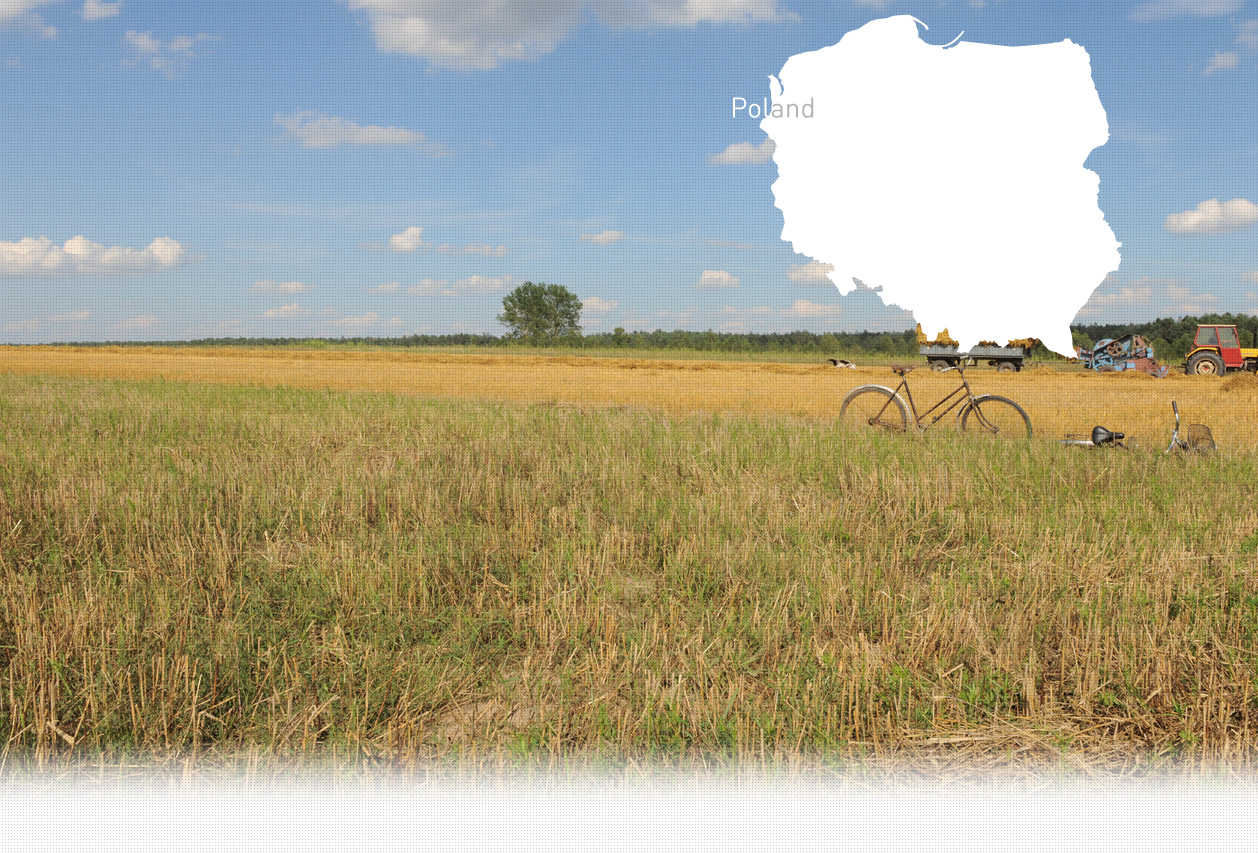

1 Sitio(s) de ejecución
"In 1939, a mass killing of 200 Jews from Chełm was carried out in Mojsławice, Hrubieszów district. The corpses were buried in a clay pit by the road." [Minutes of the Court Grodzki of Hrubieszów, dated October 1, 1945; IPN 337 E 1016].
Mojsławice is a village in the administrative district of Gmina Uchanie, located within Hrubieszów County in the Lublin Voivodeship of eastern Poland. It lies approximately 11 km (7 miles) east of Uchanie, 11 km (7 miles) northwest of Hrubieszów, and 95 km (59 miles) southeast of the regional capital, Lublin.
Before World War II, the village was inhabited by Poles, Ukrainians, and five Jewish families. According to Yahad's witnesses, the Jewish families were very active in commerce, owning food, textile, and glass stores. There was also a Jewish dressmaker's workshop. All village children attended the same school. Mojsławice did not have an independent community or synagogue; the local Jews were subordinated to the community in Hrubieszów.
After the outbreak of the war and a brief occupation by Soviet troops, Mojsławice came under German control in early October 1939. According to witnesses interviewed by Yahad, at the very beginning of the occupation, German troops were stationed in the village school, while high-ranking officers stayed in the homes of local residents. They left the village relatively quickly, and a permanent German gendarmerie post was established in nearby Teratyn, located 4 km away.
Some local Jews managed to flee the village with the retreating Soviets, while others were forced by the new authorities to relocate to the Uchanie ghetto.
As Mojsławice lies on the road from Chełm to Hrubieszów, it witnessed the death march of the Jews from Chełm. On December 1 and 2, 1939, nearly 2,000 Jewish men from Chełm were forced onto a death march along this road, driven by SS men toward the Soviet zone, passing through Hrubieszów to Sokal on the Bug River. The column left the central square in Chełm on the morning of December 1 and marched day and night, reaching Hrubieszów the next morning. As they passed through Mojsławice at night, between 200 and 250 weakened Jews were shot by the Germans. The village chief asked the inhabitants to collect the bodies and transport them to a nearby sand quarry for burial.
Additionally, the next morning, a local inhabitant interviewed by Yahad discovered the body of a young Jewish man, who had presumably escaped from the column, under the bridge in Mojsławice. His body was removed by the locals and buried in the same sand quarry alongside the other victims.
The mass grave in Mojsławice, containing up to 250 victims, is the largest burial site for the Jews from Chełm who were killed during the death march, and a monument has been erected to honor their memory.
¿Tiene información adicional con respecto a un pueblo que le gustaría compartir con Yahad?
Por favor contáctenos a contact@yahadinunum.org
o llamando a Yahad – In Unum at +33 (0) 1 53 20 13 17